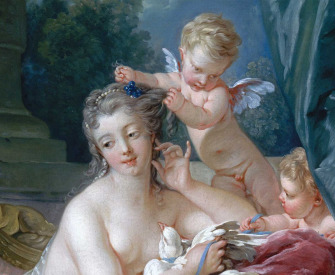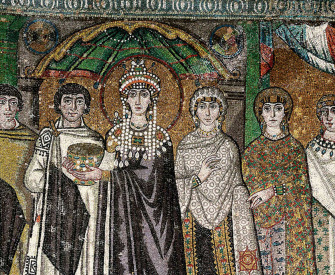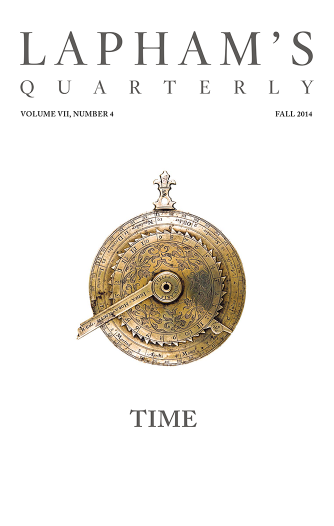One’s body, hair, and skin are a gift from one’s parents—do not dare to allow them to be harmed.
—Classic of Filial Piety, 200 BCPick Your Nose
Building the face of your dreams.
The nose is the central and most prominent feature of the face. In ancient times much attention was given to its shape and appearance. Among the ancient Persians, no man who had a crooked or deformed nose was allowed to sit upon the throne. Cyrus, it is said, had an asymmetrical nose, which was made a thing of beauty through the kind assistance of his emasculated attendants.
Considered from the profile point of view alone, noses are classified according to their shape by students of physiognomy into five main classes: Roman noses, Greek noses, Jewish noses, snub or pug noses, and Celestial noses. The Roman indicates executiveness or strength; the Greek, refinement; the Jewish, commercialism or desire for gain; the snub or pug, weakness and lack of development; the Celestial, weakness, lack of development, and inquisitiveness.
Le nez retroussé of the French is applied to the Celestial nose, which is simply the pug lengthened and turned upward so as to form a gentle curve from the root to the tip.
Tristram Shandy’s father, regretting his son’s misfortunes, remarked, “No family, however high, could stand against a succession of short noses”; and his grandfather, “when tendering his hand and heart to the lady who afterward consented to ‘make him the happiest of men,’ was forced to capitulate to her terms owing to the brevity of his nose.”
An operation for the correction of deformity is easily performed, although I can find no record of it and have no knowledge of its having been proposed or performed. It is mainly to improve the personal appearance of the individual.
I have performed this operation on five persons and have illustrations of but the last two, although all have been successful. With the first two, it did not occur to me to have photographs of the nose taken before the operation, and the third patient would not permit it.
John O. Roe
From “The Deformity Termed Pug Nose and Its Correction by a Simple Operation.” An otorhinolaryngologist born on Long Island, Roe is credited with describing in this paper the first aesthetic rhinoplasty. His method of making incisions inside the nose left no scars. Roe’s work preceded by eleven years that of German surgeon Jacques Joseph, who became well-known for performing the procedure on many European Jews; he later reported they were “happy to move around unnoticed.”




